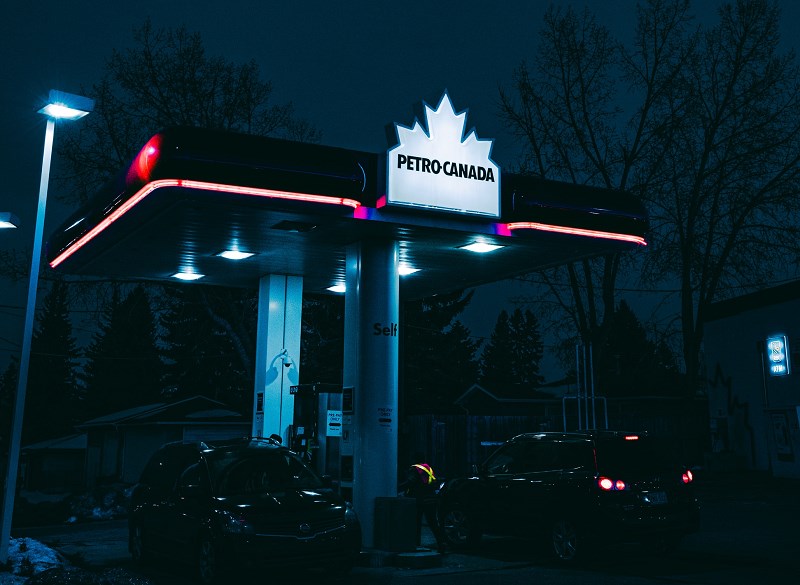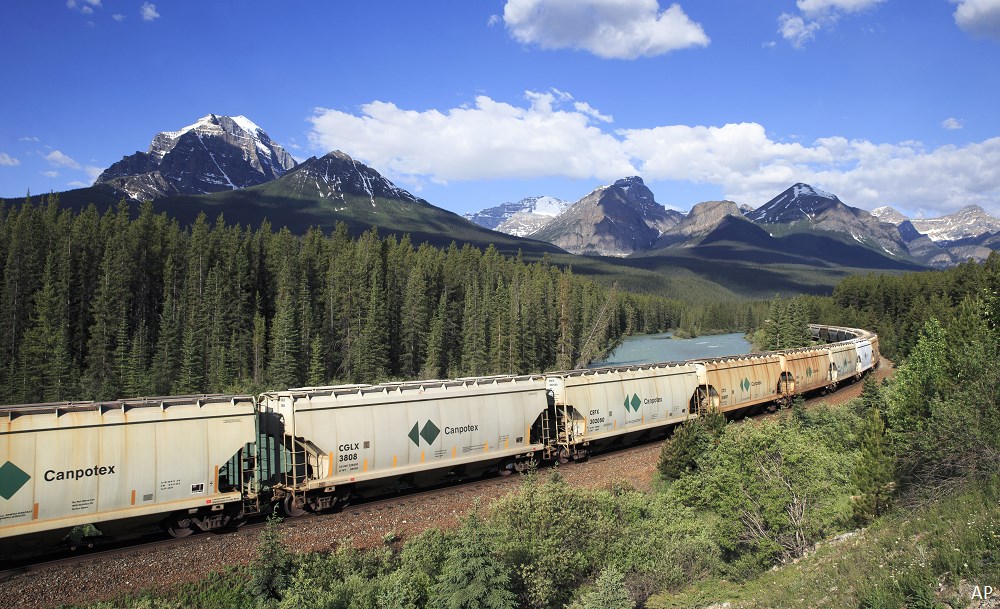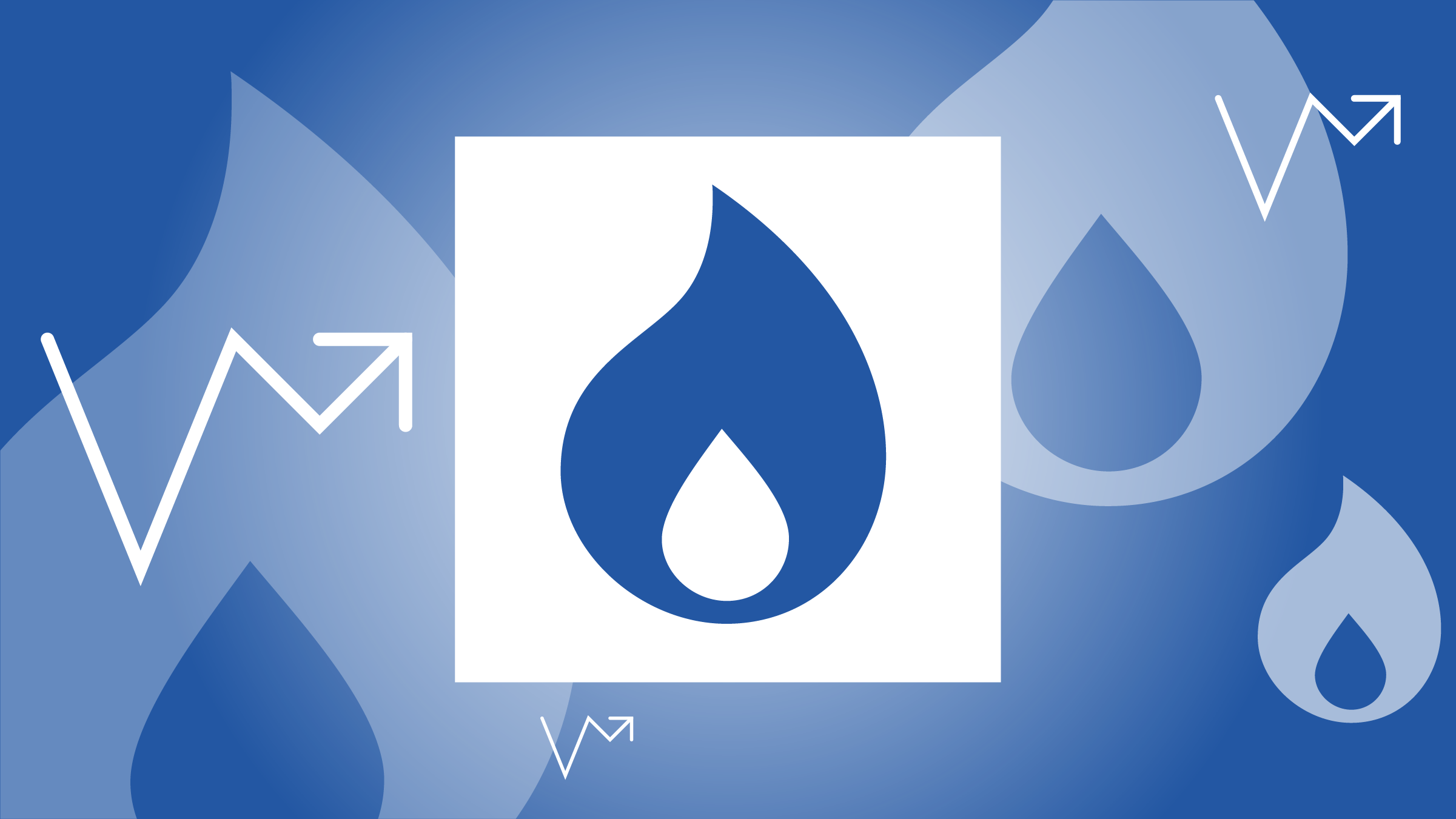
One of the first things new U.S. President Joe Biden did after his inauguration last Wednesday was revoke the presidential permit that was needed to finish the Keystone XL pipeline expansion. Biden campaigned on the promise to shelve the cross-border project that would transport over 800,000 additional barrels of oil from Alberta’s oil sands to U.S. refineries after Donald Trump approved it in 2019.
Alberta Premier Jason Kenney said in a statement that cancelling the project, owned by TC Energy, would “kill jobs in both countries, weaken cross-border ties and undermine U.S. national security” by making the country more dependent than ever on oil imports from OPEC countries.
What Does This Mean for Canadian Energy Companies?
“With oil prices on the rise, Canada's crude pipeline egress problem is resurfacing. Oil sands economics have proved to be resilient, and many existing projects can generate free cash flow at oil prices below US$40 a barrel West Texas Intermediate, or WTI. Supply will soon be approaching pre-crisis levels, and Canada's oil industry will need new pipeline infrastructure to bring new crude to market and prevent heavy oil prices from crashing as they did in December 2018,” points out Morningstar Analyst Joe Gemino.
Despite the problems with getting the Keystone XL pipeline up and running, he does not expect the same opposition to Enbridge's Line 3 replacement.
“Line 3, combined with the Canadian government's Trans Mountain expansion and modular capacity additions on existing pipelines, will create 1.1 million barrels of new pipeline capacity by the end of 2023. Additionally, oil sands producers can take advantage of favourable heavy oil pricing in the U.S. Gulf Coast. Refiners in the region are battling declining imports from Venezuela and Mexico, a trend we expect to continue. With the Keystone XL no longer the answer to the region's problems, prices are attractive enough to incentivize rail transportation as a supplement market option for oil sands producers. Accordingly, we expect Canadian supply to grow 6.3 million barrels of oil per day by 2030, increasing by 1 million barrels per day over the next decade,” he says.
He believes that the market is underestimating the growth prospects and the cash flow potential of the oil sands producers along with the midstream pipeline operators. Accordingly, he sees pockets of undervalued stocks, which include wide-moat Enbridge, narrow-moat TC Energy, and Canadian Natural Resources.
As of January 20th, 2021 nine Canadian oil and gas companies are trading below our fair value estimates (FVEs). Here are the five cheapest:
| Company | Economic Moat | Moat Trend | Fair Value Estimate | Fair Value Uncertainty | Dividend Yield |
| MEG Energy Corp | None | Stable | 0.71 | Extreme | |
| Cenovus Energy Inc | None | Positive | 0.75 | Very High | 1.58 |
| Canadian Natural Resources Ltd | None | Stable | 0.75 | High | 5.38 |
| Enbridge Inc | Wide | Stable | 0.77 | Medium | 7.24 |
| Suncor Energy Inc | None | Stable | 0.83 | High | 4.71 |
Source: Morningstar Direct Data as of January 20, 2021
Four of the cheapest energy stocks do not have an ‘economic moat’, or an ability to fend off competition and earn high returns on capital for many years to come. The Morningstar Economic Moat Rating represents a company's sustainable competitive advantage. A company whose competitive advantages we expect to last more than 20 years has a wide moat; one that can fend off their rivals for 10 years has a narrow moat; while a firm with either no advantage or one that we think will quickly dissipate has no moat.
One of the companies – Enbridge – has a wide moat and is a Morningstar Best Idea. “Wide-moat Enbridge offers 30% upside along with a 7.6% dividend yield. In our view, the market underappreciates the long-term cash flows from the Mainline. Even though we expect competing pipelines to be built, the resulting Mainline underutilization should only be temporary. We still expect Canadian supply growth when crude prices reach our forecast midcycle levels, driven by advancements in extraction technology. Oil sands economics should improve to fill all available pipeline capacity within the next decade,” Gemino says.
Investing in the Low-Carbon Economy
Learn about the companies best positioned to survive and thrive




















